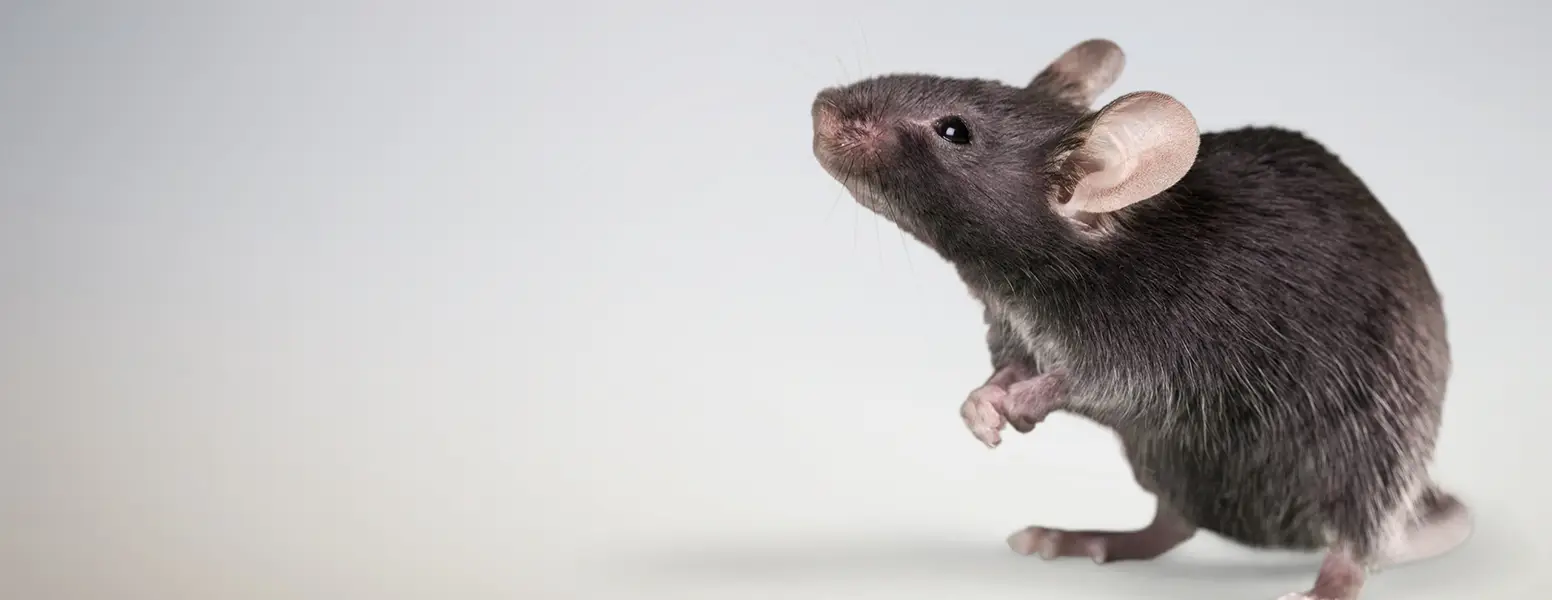
To rodents, humans are an easy source of food, water, and shelter; to humans, rodents are a problem. Rodents have the potential to spread diseases like hantavirus and rat bite fever; they contaminate and ruin food supplies; and they can cause structural damage. Worst of all, they’re very hard to get rid of once they’re established in a structure.
Luckily, there are a few things you can do to keep rodent numbers under control. The strongest weapon against a rodent infestation is exclusion – that is, keeping rodents out of the structure so they don’t have a chance to establish themselves in the first place. Read on to learn five rodent exclusion tips from the Schendel Pest Services team.
1. Seal Gaps and Cracks in Your Structure
Rodents don’t need a lot of space. That’s true both for their living conditions and their entry points; as long as rodents can get their heads through a gap, the rest of their bodies can follow. If they can’t fit their heads through, they’ll gnaw until the gap is big enough. This is why it’s important to seal up gaps and cracks thoroughly. However, many of these gaps may be in places you can’t reach without a professional.
One of these places, for instance, is gaps in floor expansion joints in commercial buildings. For these spaces, consider using two pieces of high-density foam sandwiching a piece of stainless steel mesh. Expanding foam on its own won’t work since rodents can (and will!) chew it up.
Gaps around doors and windows are major potential entry points. Check your weather stripping! It’s an effective way to prevent rodents, but they can also chew through it. Checking it regularly is the best way to make sure it continues doing its job.
2. Remove Harborage Sources
Keeping your landscaping in good shape isn’t just about looks; it can also be an effective pest deterrent. Even raking fallen leaves could help save you from a rodent invasion!
This is because your plants provide “harborage” to pests – places for them to hide. Removing fallen leaves, trimming back trees and shrubs, and maintaining a six-foot gap between plants and your structure are all great ways to mitigate harborage. Keeping harborage right next to your structure is practically an invitation to pests looking for a place to winter over.
3. Inspect Shipments for Signs of Rodents
For workers in the shipping industry, incoming shipments are a major potential vector for rodent infestation. With careful inspection of new shipments, you could prevent rodents from slipping in with the inventory.
Mice and rats don’t need much food and water to survive – and as we already established, they don’t need a lot of space. Rodents are perfectly happy to hitch a ride on a shipping pallet for a chance to end up somewhere full of food. Look for the following signs of infestation on incoming shipments:
- Gnaw marks. Even if your shipment isn’t edible, rats and mice could use it for nesting material.
- Droppings. Self-explanatory; rodents eat, and aren’t picky about where they go to the bathroom.
- Spills. If you notice tears in packing materials and spills on the pallet, it could be the work of rodent hitchhikers.
It’s especially important to be aware of rodents in the shipping business; even a single rodent making its way into your warehouse could pave the way for a long-lasting infestation that could destroy inventory and harm profits. When it comes to rodent control, prevention is worth more than care – and it’s much easier too.
4. Pest Inspection and Trapping
Rats and mice are sneaky as well as small. They’re very good at hiding out of sight, and they avoid humans by hiding during the day and coming out at night. All of this means that to the untrained eye, they can be very hard to locate. Even worse, they reproduce quickly; even if you don’t think you have a rodent problem, there could be a full-scale infestation building behind the scenes. That’s why there’s no wrong time to have your property inspected for rodents.
Monitoring traps are also an excellent choice for commercial properties. Placing these traps in areas where rodents are likely to look for food could prevent an infestation from starting. Try placing traps near food service and break areas, parking garages, and around trash bins. These have a high potential for rodent traffic.
5. Keep Garbage Under Control
Rodents often turn to garbage cans for an easy food source. They’re more than happy to eat our leftovers, and since people don’t usually linger near smelly garbage, there’s no threat to them while they chow down. You can make it harder for rodents to get into your garbage – and establish themselves near your building – by simply securing your dumpster lids between pickups.
Don’t forget about the recycling! Paper and plastic may not be edible, but mice and rats love to use them as nesting material.
Call Schendel Pest Services for Professional Rodent Exclusion
Rodents can be a real headache for any business. Luckily, help from the Schendel Pest Services team can help. We’ve been helping out the Kansas, Missouri, Arizona, & Arkansas area since 1947, and we’re eager to help you with whatever pest problems you have. Whether you’re getting ahead of future infestations or getting rid of an existing one, we have the tools and experience needed to make it happen.
Give us a call to get started with a free inspection!
5 Rodent Exclusion Tips in Kansas, Missouri and Arizona
Serving Kansas, Missouri and Arizona



